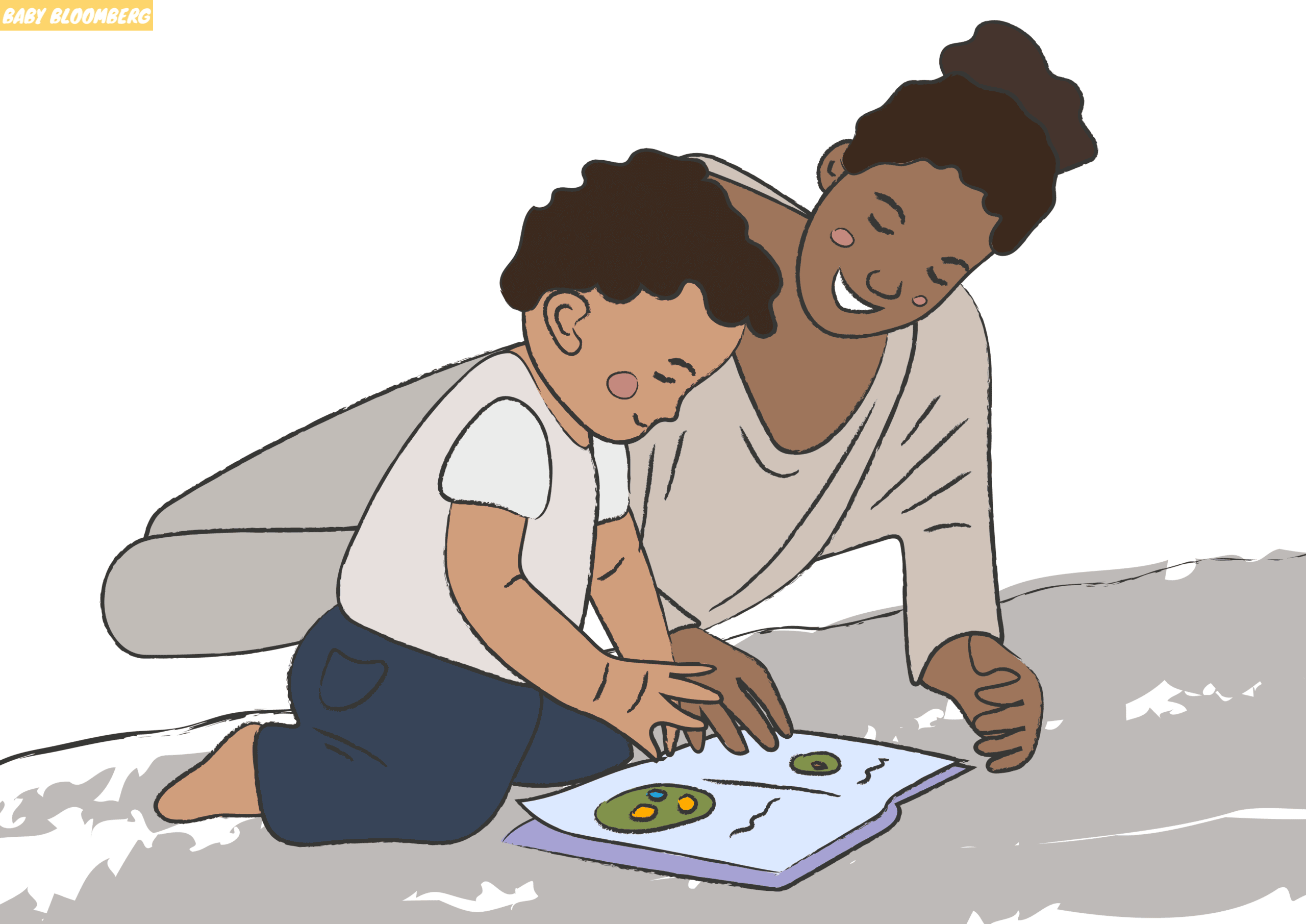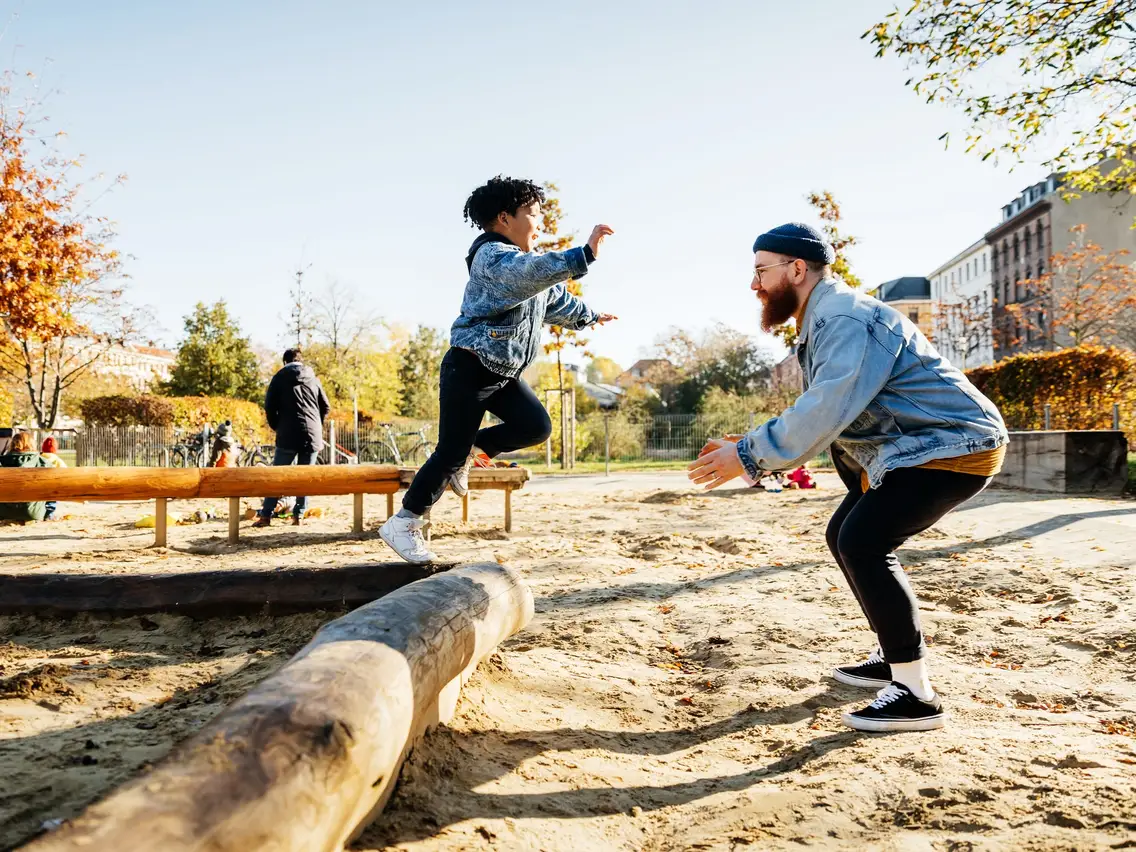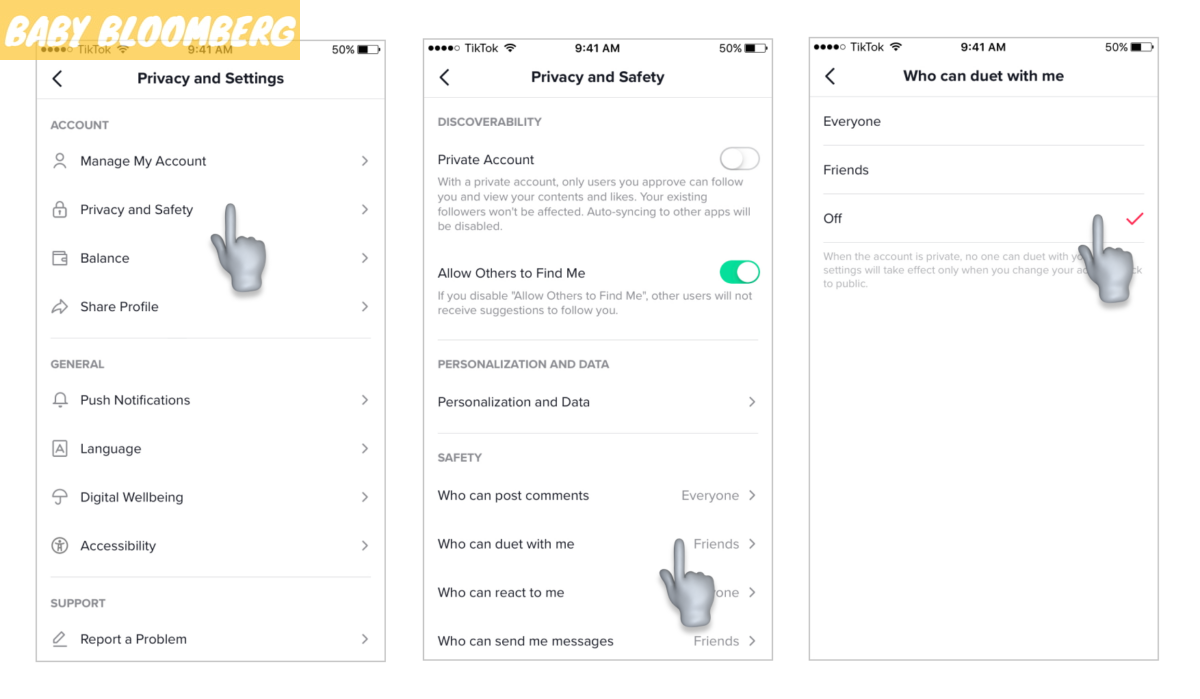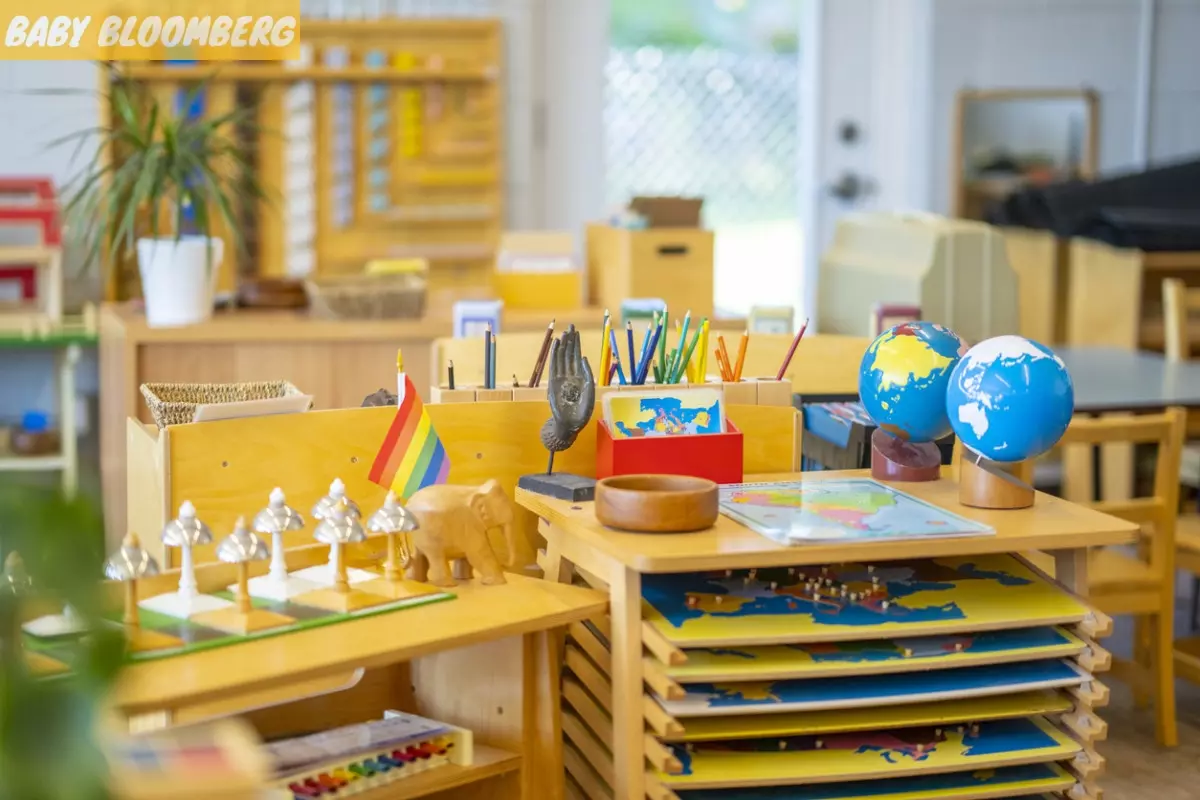Understanding language development in infants is key to comprehending the remarkable progression from preverbal communication to linguistic skills. The prelinguistic stage, which spans from birth to approximately 6 months, plays a crucial role in this journey. In this article, we will delve into the intricacies of prelinguistic development, exploring milestones, communication skills, and the significance of this stage. By the end, you will have gained valuable insights into how infants lay the foundation for their future language abilities.
Early Language Development: A Prelude to Prelinguistic Communication
Before diving into the specifics of the prelinguistic stage, it is essential to grasp the broader concept of early language development. From the moment infants enter the world, they are immersed in a sea of sounds, linguistic inputs, and social interactions. This exposure sets the stage for the prelinguistic phase, during which fundamental communication skills begin to take shape.
Preverbal Communication: The Precursor to Language
During the preverbal stage, infants rely on various nonverbal means to communicate their needs and emotions. Crying, whimpering, and cooing are among the primary prelinguistic communication tools used by infants. These sounds, although not yet considered language, serve as involuntary responses to stimuli. Infants in this stage lack the ability to attach meaning to their vocalizations.
Prelinguistic Communication: Defining the First Steps
The prelinguistic stage, nestled within the broader scope of early language development, is the initial phase during which infants show signs of linguistic receptivity but are yet to produce meaningful language. Understanding the various prelinguistic skills and milestones achieved during this period is pivotal to comprehending overall language acquisition.
Prelinguistic Skills: The Building Blocks of Language
During the prelinguistic stage, infants exhibit a range of skills that serve as the foundation for their future linguistic abilities. These skills include:
Phonemic Awareness: Differentiating Linguistic Sounds
Infants in the prelinguistic stage demonstrate an impressive ability to differentiate between linguistic sounds. They display phonemic awareness, which refers to their awareness of the individual speech sounds that make up language. This skill lays the groundwork for their future comprehension and production of language.
Within the prelinguistic stage, infants reach various milestones that signify their developmental progress. These milestones include:
- Responsive Smiling: Infants typically begin to respond to external stimuli with smiles during the early months of the prelinguistic stage. This milestone reflects their ability to engage in social interactions on a basic level.
- Babbling: As infants grow, they begin to engage in babbling, producing repetitive syllables such as “ba,” “ma,” and “ga.” Babbling represents an important step towards the eventual development of language.
Nonverbal Communication: Tools for Expression
Although language has yet to emerge during the prelinguistic stage, infants display a remarkable repertoire of nonverbal communication skills. These tools allow them to express their needs, emotions, and intentions effectively. Some examples of nonverbal prelinguistic communication include:
- Eye Contact: Infants exhibit eye contact as a means of establishing connections with caregivers and signaling their attention.
- Facial Expressions: Throughout the prelinguistic stage, infants utilize facial expressions such as smiling, frowning, and pouting to express their emotions.
- Gestures: Gesture-based communication plays a significant role during the prelinguistic stage. Infants may point, reach, or wave to convey their desires or draw attention to objects.
Prelinguistic Development: Unraveling the Journey
Understanding the developmental trajectories and sequence of events during the prelinguistic stage helps shed light on how infants progress towards acquiring language.
Initial Months: Establishing Foundations
During the first few months of the prelinguistic stage, infants engage primarily in nonverbal communication, relying on reflexive responses and sensory interactions with their surroundings. At this stage, caregivers play a crucial role in providing responsive interactions and stimuli that encourage cognitive and socioemotional development.
Mid-Prelinguistic Stage: Exploring Sounds and Vocalizations
As infants progress towards the midpoint of the prelinguistic stage, they become more attentive to linguistic sounds and show an inclination towards vocalizations. This period is marked by increased babbling and experimentation with different speech-like sounds. Caregivers can support prelinguistic development during this stage by engaging in vocal turn-taking and providing a stimulating linguistic environment.
Late Prelinguistic Stage: Developmental Milestones
Towards the end of the prelinguistic stage, infants start displaying definitive milestones that pave the way for language acquisition. Some key milestones observed during this period include:
- Joint Attention: Infants develop the ability to redirect their attention to an object or event that a caregiver is also attending to, establishing shared focus and understanding.
- Symbolic Play: As infants approach the end of the prelinguistic stage, they begin engaging in symbolic play, using objects to represent other objects. This activity showcases their cognitive and imaginative development.
Prelinguistic Communication Skills: Nurturing Language Growth
The prelinguistic stage serves as a critical period for the development of communication skills, laying the groundwork for future language acquisition. During this stage, infants acquire a range of prelinguistic communication skills that foster linguistic growth.
Prelinguistic Language Skills: Laying the Foundation
While infants in the prelinguistic stage are not yet speaking in conventional language, they engage in various activities and demonstrate skills that eventually lead to language acquisition. Some noteworthy prelinguistic language skills include:
- Turn-taking: Infants engage in vocal exchanges with caregivers, developing turn-taking skills that form the basis of conversational patterns.
- Vocalizations: Babbling and vocal play contribute to the development of vocalizations, aiding infants in refining their motor control for future speech production.
Prelinguistic development is peppered with milestones that highlight infants’ progress in developing their communication skills. Key prelinguistic communication milestones include:
- Joint Attention: Infants begin to exhibit joint attention, demonstrating the ability to share focus and attention with a caregiver towards an object or event.
- Gestural Communication: Hand gestures, reaching, and pointing emerge as meaningful forms of nonverbal communication during the prelinguistic stage.
- Imitation: Infants develop the capacity to imitate sounds and actions, laying the foundation for future language learning.
Frequently Asked Questions (FAQs)
Q: How long does the prelinguistic stage last?
The prelinguistic stage typically spans from birth to approximately 6 months of age. During this period, infants build foundational communication skills that prepare them for language acquisition.
Q: How can caregivers support prelinguistic development?
Caregivers can support prelinguistic development by engaging in responsive communication, providing a stimulating linguistic environment, and promoting joint attention through interactive play.
Q: Are there any indicators of language delay during the prelinguistic stage?
While every child develops at their own pace, certain red flags may indicate potential language delays during the prelinguistic stage. These include limited vocalizations, lack of response to sound, and absence of joint attention. Consulting with a healthcare professional can help identify any concerns and ensure appropriate interventions if necessary.
Q: How can parents encourage babbling in infants?
To encourage babbling in infants, parents can engage in vocal turn-taking, imitate their baby’s vocalizations, and provide opportunities for interactive play and exploration. Creating a supportive and interactive environment fosters babbling and promotes prelinguistic communication skills.
Q: Can bilingualism affect prelinguistic development?
Bilingualism does not hinder prelinguistic development. In fact, exposure to multiple languages from an early age can enhance infants’ overall language learning abilities. Research suggests that bilingual infants achieve similar prelinguistic milestones as their monolingual peers.
Q: Is it normal for infants to engage in repetitive babbling?
Yes, repetitive babbling is a typical behavior during the prelinguistic stage. Infants often engage in repetitive syllables as they explore different sounds and experiment with their vocal capabilities.
The prelinguistic stage marks the beginning of infants’ remarkable language development journey. During this phase, infants lay the groundwork for future language acquisition through the development of prelinguistic skills, communication milestones, and foundational language abilities. Understanding the significance of the prelinguistic stage empowers caregivers, educators, and healthcare professionals to support and nurture infants’ language growth effectively. As infants progress from preverbal communication to acquiring language, they embark on a transformative path towards becoming proficient communicators.











